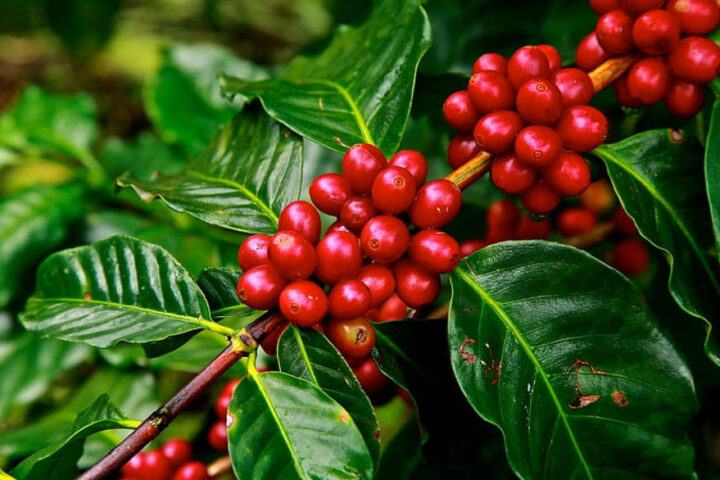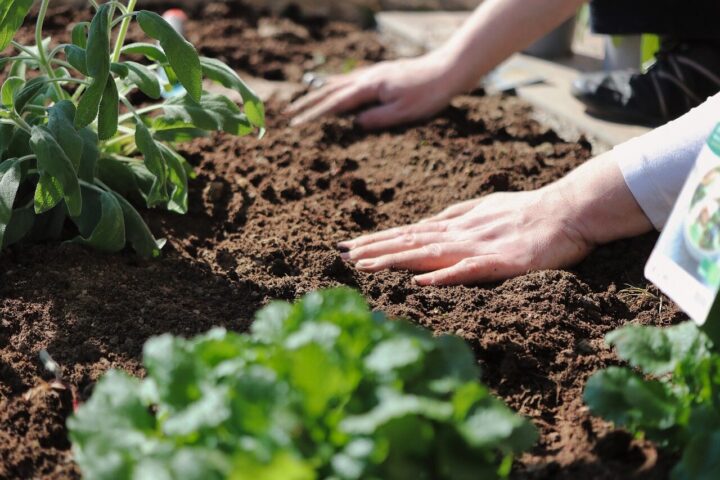Today’s farming isn’t just about tilling the soil and hoping for rain. With robots, drones, and sensors, farming has gone high-tech. But here’s the rub: these fancy tools often come with a hefty price tag, leaving many farmers, especially the small-scale ones, in the dust. Susan Amrose from MIT’s GEAR Lab puts it straight: with challenges like degrading soil and water scarcity, small farmers can’t stick to old ways.
Here’s a sobering thought: in a few years, we might need 40% more fresh water than what’s available. And guess who’s feeling the heat? The smallholder farms, making up a whopping 80% of all farms. With the population ticking up and resources dwindling, it’s high time these farmers got some tech love.
Enter GEAR Lab’s game-changer: solar-powered irrigation systems. Their motto? Get the most yield with the least water. Drip irrigation is their weapon of choice. By delivering water straight to the plant roots, it can save a ton of water. Carolyn Sheline, a brain at GEAR Lab, drops some knowledge: agriculture drinks up 70% of our fresh water. So, a shift to efficient drip irrigation? That’s a no-brainer.
But GEAR Lab isn’t just about fancy tools. They’re crafting tech that’s both advanced and affordable. They’ve rolled out innovations like a low-pressure drip emitter and a smart irrigation controller. The best part? The controller can cut water use by over 40% compared to old-school methods.
What’s unique about GEAR Lab’s approach? They’re all ears for the farmers. Before crafting their tools, they chatted with over 200 farmers in places like Kenya and Morocco. Amos Winter from MIT says it best: understanding the farmer is key. After all, they’re the ones on the ground, battling the elements day in and day out.
Similar Posts
The proof is in the pudding. Or in this case, the crops. GEAR Lab’s controller uses AI to gauge the weather and predict irrigation needs. And it’s not just about automation; farmers get to call the shots. The early results are promising: in Morocco, water consumption went down by 44%, and energy use dropped by 38%.
GEAR Lab is bridging the gap between cutting-edge tech and the hands that feed us. By focusing on the real challenges farmers face and crafting solutions that are both smart and affordable, they’re setting the stage for a greener, more sustainable future in farming.


















